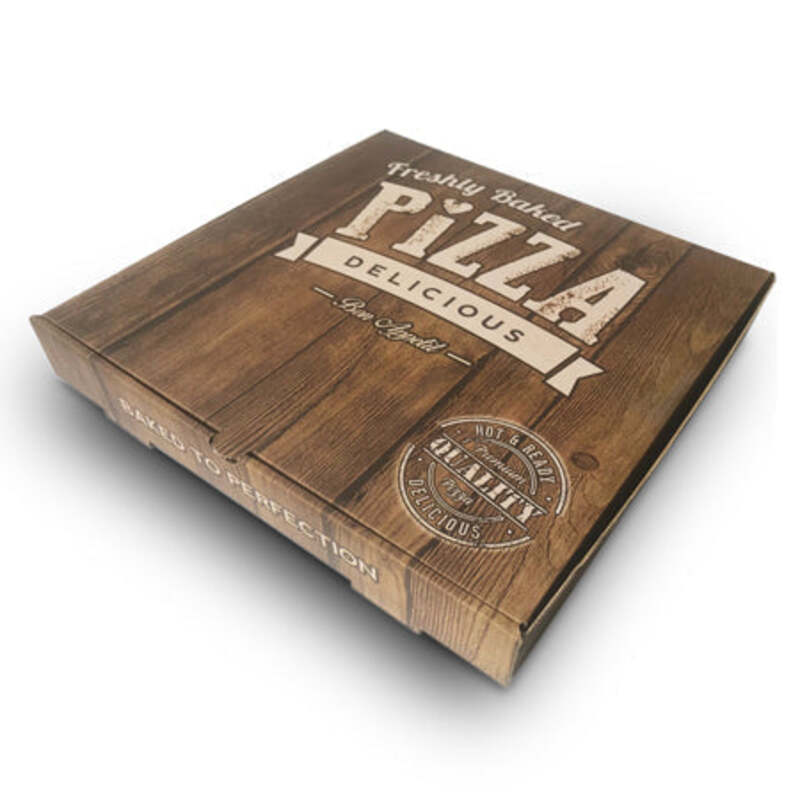Wooden Cutlery A Sustainable Choice for Dining
In an age where environmental concerns are at the forefront of our minds, the shift towards sustainable dining options has become increasingly relevant. Among the myriad of alternatives available, wooden cutlery stands out as a charming and eco-friendly choice. This article explores the benefits, uses, and cultural significance of wooden cutlery, highlighting its role in modern dining.
Wooden cutlery, crafted from various types of wood such as bamboo, maple, or birch, presents a sustainable alternative to traditional plastic utensils. One of the primary benefits of wooden cutlery is its biodegradability. Unlike plastic, which can take hundreds of years to decompose, wooden utensils can break down naturally within a few months, reducing the environmental burden we impose on our planet. This feature aligns perfectly with the growing movement towards zero waste and eco-conscious living.
Moreover, wooden cutlery is often sourced from renewable resources. Many manufacturers prioritize using sustainably harvested wood, ensuring that the raw materials do not deplete forests or disrupt local ecosystems. This focus on sustainability not only helps preserve the environment but also supports ethical practices within the industry. By choosing wooden cutlery, consumers can make a positive impact while enjoying their meals.
In addition to their ecological advantages, wooden utensils offer a unique aesthetic appeal. The natural grain and texture of wood provide a warm and rustic charm that enhances the dining experience. Whether it's a casual picnic or an elegant dinner party, wooden cutlery adds a touch of sophistication that sets the ambiance apart from standard plastic or metal options. The tactile nature of wood also makes it more pleasant to use, creating a more enjoyable eating experience.
wooden cutlery

Wooden cutlery's versatility extends beyond its appearance. It is suitable for a wide range of dining scenarios—from outdoor barbecues to formal events. Many chefs and caterers embrace wooden utensils for their ability to impart a distinct flavor to certain dishes, enhancing the sensory experience of food. Additionally, wooden cutlery is often used in ethnic cuisines where traditional dining customs call for the use of natural materials. In various cultures, wooden chopsticks and spoons are not only practical but also deeply rooted in culinary traditions, adding to their significance.
Despite concerns about durability, wooden cutlery is surprisingly robust when properly cared for. Quality wooden utensils can withstand heat and are often designed to be reusable. With responsible usage and maintenance, they can last for many years, creating a worthwhile investment in both aesthetic appeal and environmental sustainability.
As we continue to seek alternatives to single-use plastics, wooden cutlery is emerging as a viable and appealing option. Its environmental benefits, aesthetic qualities, cultural significance, and practicality make it an excellent choice for those looking to enhance their dining experiences while minimizing their ecological footprint.
In conclusion, embracing wooden cutlery is not merely a trend; it is a step towards responsible consumption and sustainable living. By choosing wooden utensils, consumers contribute to a larger movement promoting environmental stewardship and cultural appreciation. As we gather around tables to share meals, let us remember the impact of our choices and the lasting effects they have on our planet and traditions. Wooden cutlery represents a harmonious blend of sustainability and elegance, making it an enduring choice for modern dining.



